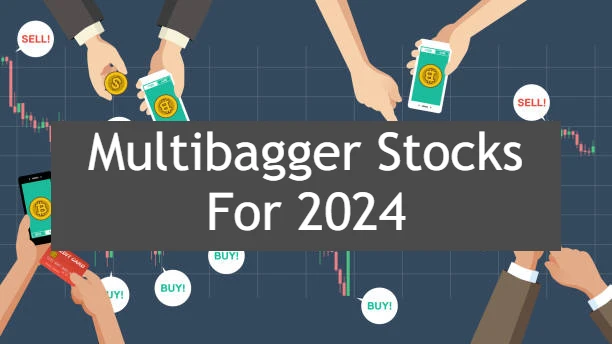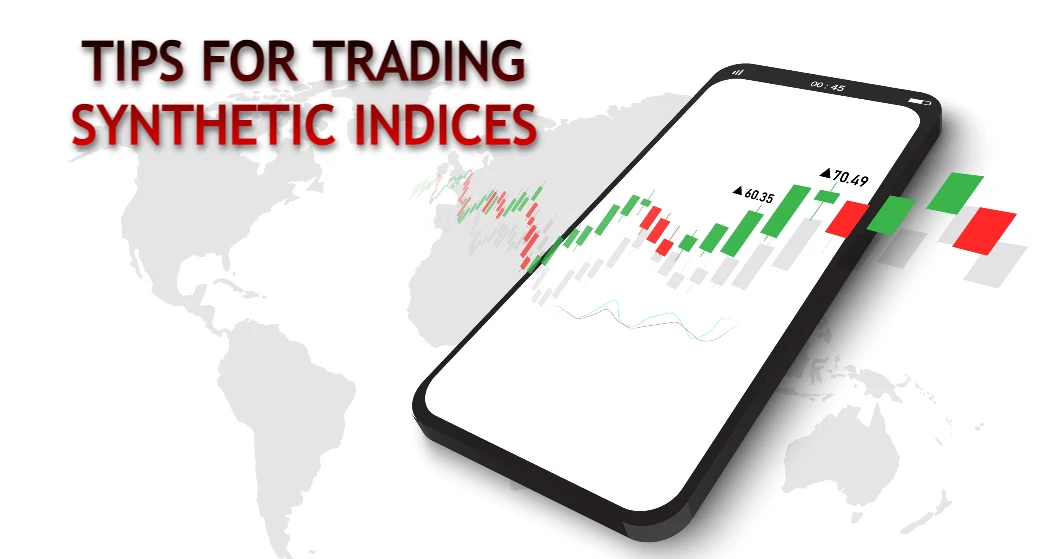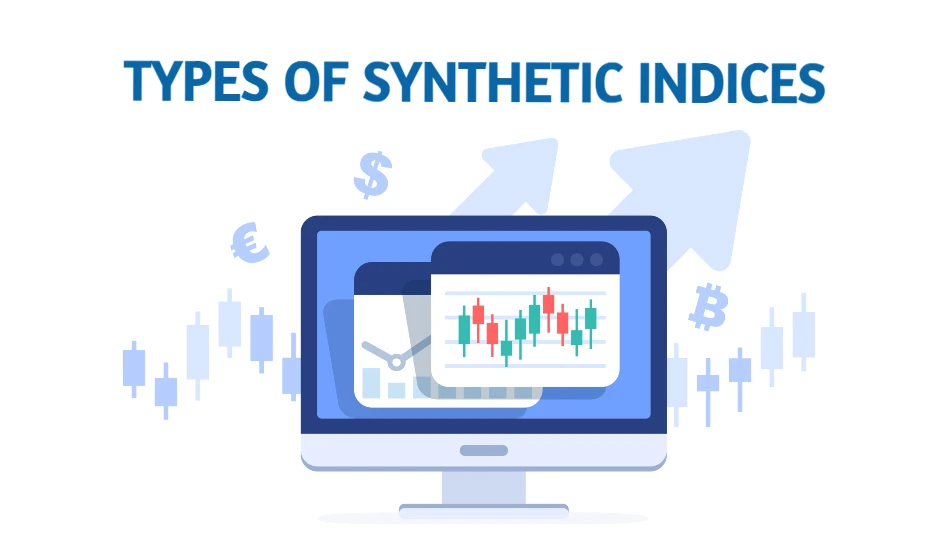
Options are a leading financial derivate in the investment world thanks to the flexibility they provide. Via option trading, investors can enhance their income potential, limit their risk exposure, and hedge against the market at the same time. Option contracts are not to be confused with other derivative products like CFDs and Futures as they operate according to a differently designed structure.
That said, options trading may appear complicated initially, but it is not much difficult to comprehend if you fully grasp its core concepts. In this write-up, we have discussed what is options trading, its working layout, and its key features to help you make sense of this trading derivate.
What is options trading?
Options trading is the trading of option contracts that extend their holders the authority, but not the obligation, to buy/sell an underlying asset at a pre-determined price before the contract expires. Investors buy or sell the options, according to their speculations about the future price direction of the underlying security, without any compulsion to actually execute the trade.
You might still be confused about how options trading exactly works, so let us look at things step by step.
Options trading lingo
For better understanding options, it is beneficial to know these few terms first:
- Strike price: It is the pre-determined price at which the security can be bought or sold when the options contract is exercised.
- Expiration date: The expiration date marks the date after which the options contract cannot be exercised and turns worthless.
- Premium: It is the price – like a down payment – for buying an option. It is set according to the underlying asset’s value and price.
- Intrinsic value: It is the difference between the underlying asset’s current price and strike price when the contract is profitable or in-the-money.
- Extrinsic value: Extrinsic value refers to the difference between an option’s premium and intrinsic value. It is shaped via multiple factors outside price, including time until expiration, implied volatility, dividends, and interest rate risks.
- In-the-money: Options are considered in-the-money when they are in profit as per the difference between the strike price and the market price of the underlying security.
- Out-of-the-money: Options are called out-of-the-money if they are unprofitable with respect to the strike price.
Types of options: Calls and Puts
Options are essentially derivate products with their price linked to an underlying instrument, such as stocks. They exist in two basic forms:
Call options
Calls give the buyers the right to buy a stock at a pre-decided price (strike price) on or before expiration. Call contracts are profitable if the underlying security rises in value because, on exercising the option, the buyer has to pay less (as per the strike price) for acquiring stocks that are now valued much higher.
Note that investors naturally have to pay a down payment (premium) for buying their call options, i.e., locking up their “right to buy at a specified price.”
Put options
Contrary to Calls, Puts provide the buyers with the right to sell the underlying stock at the strike price inside its validity range. Hence, buying a Put indicates a short position where you benefit if the price of the speculated asset falls in value.
How does options trading work?
You can trade options in four primary ways: Buy Calls, Buy Puts, Sell Calls, and Sell Puts. But before diving into their details note that buyers (holders) and sellers (writers) experience different trading and risk conditions, even if a holder and writer target the same price direction. It is because sell contracts work in a whole different way as writers target the premium lost by buyers.
- Option buyers face a minimum and capped risk as they stand to only lose premium if the price moves against the bought contract. Conversely, writers can lose much more than the price of the options premium, and their risk exposure is unlimited. If a buyer exercises the option in-the-money, writers become obligated to buy or sell and bear the loss.
- Time decay works in favor of short-term option sellers and against buyers.
- Volatility and premiums have an inverse relation; hence, option sellers target lower implied volatility contracts, so the premium could decay fast for buyers. The premium lost by buyers is their profit. Conversely, option buyers prefer high volatility factor options to evade their premium decay.
Bullish strategies:
Investors who deal with Long Calls and Short Puts both speculate that the stock’s price will go up; hence these both are bullish strategies.
1. Long Calls
When investors buy a call, they assume a long position in the underlying asset. They expect that the price of the stock will increase with time. A long call may deliver unlimited gains as the security’s price can ascend to limitless heights.
Example
Assume a trader buys an option call worth 100 shares for a stock at $22-strike, which is currently trading at $20. Suppose each option (1 share) is priced at $3, so the total investment (premium) in this option contract is $300 ($3 x 100).
If the stock’s price reaches ($22 strike + $3 premium) $25, the trader will recover his initial costs of $300. Any price increase afterward will translate into profits for him. In case the price reaches $30, the profits will be $30 – ($22 +$3) = $5, which equates to $5 x 100 =$500. Note that the profit potential is limitless here.
However, if the stock moves in the opposite direction, i.e., its price slumps instead of going up, the trader will not exercise the option contract and ultimately lose only the premium, which is $300 in this case.
2. Short Puts (Writing puts)
Selling a naked put gives the investors a long position in the underlying asset. The put writers bet an increase in the security’s price as opposed to put buyers; their maximum profit limit is the premium collected from put buyers.
Bearish strategies
Investors who deal with Long Puts and Short Calls, both speculate that the stock’s price will go down; hence these 2 are bearish strategies.
1. Long Puts
When investors buy a put, they take a short position in the underlying asset and hope the price to go below the strike price. Their maximum profit limit is capped as the stock’s price cannot fall below zero.
Example
Suppose a trader buys a $20-strike put option which indicates the right to sell 100 shares for a stock trading at $22. Assume that each option share is priced at $2; hence, the total investment or premium in the contract is $200 ($2 x 100). The trader will regain his premium costs when the stock’s price falls to $18 ($20 strike – $2 premium).
Long puts become in-the-money as long as the asset’s price keeps decreasing, but the profits are capped as the price cannot slip below zero. The losses are also restrained as the maximum losses cannot exceed the premium paid.
2. Short Calls (Writing calls)
By selling a naked call, investors take a short position in the underlying asset, betting that the price will decrease. Investors become profitable when they short an out-of-the-money call, but their profit margin is limited.
Now that you have learned what is option trading, the options terminology, and its types, understanding options quotes will be much easier. This is what an options quote looks like when listed on exchange:
XYZ JANUARY 21, 2023 30 CALL AT $1.5
- XYZ is the stock symbol of the underlying asset on which the option is based. Usually represents 100 shares.
- JANUARY 21, 2023 is the options expiration date.
- 30 is the strike price.
- CALL refers to the type of option selected. If you buy a PUT option, the quote will show PUT.
- $1.5 is the premium per share cost of the option. To buy this contract, you will have to pay $1.5 x 100 = $150 premium.
Is options trading right for you?
While you may have understood what is option trading and how it works, it is not quite simple to practically engage with it. Generally, it is not considered suitable for beginner or novice investors as exceptional skills are required to make optimal option trading decisions. To procure profits from this sphere, investors have to remain active and regularly track the price levels and consider other implications. Moreover, they need to be proficient in deducing the most suitable conditions for the contract, including price direction, how much it will decrease or increase, and the time required for these changes. They also need to be well versed with tax implications and the consequences of time decay on the premium.
However, options do have their perks, as they serve as a great hedging instrument and protect the buyers with a capped loss. Moreover, option buyers don’t experience the obligation to buy assets, giving them a notable advantage. All in all, if you want to start with options trading, you must calculate the factors like the maximum gain, maximum loss, contract fee, and breakeven points of your strategy beforehand. In this way, you can determine whether options trading aligns with your risk tolerance and financial goals.
Read more:
http://thetradingbay.com/what-is-price-action-trading-the-ultimate-price-action-trading-guide/
http://thetradingbay.com/what-is-leverage-in-trading-a-complete-guide/













